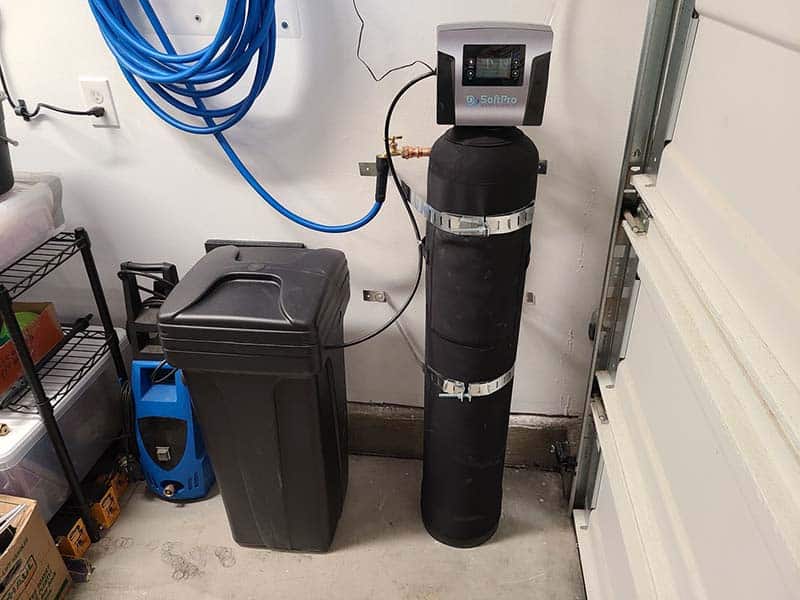Ignite the Spark: Exactly How Active Paying Attention Can Change Your RelationshipIgnite the Spark: Exactly How Active Paying Attention Can Change Your Relationship
In the complex dancing of love and partnership, communication functions as the leading rhythm, dictating the circulation and harmony of the relationship according to charlotteaction.org. Yet, communication is greater than just trading words; it has to do with truly understanding your partner’s internal world, their delights, concerns, and fantasizes. One powerful tool that can elevate your communication to brand-new midsts is active listening. This method surpasses simply hearing words; it involves fully engaging with your companion, understanding their emotions, and responding with compassion.
Active listening needs mindful initiative. When your companion speaks, lean in, make eye call, and resist need to interrupt. Provide your wholehearted attention, enabling them the area to express themselves totally. Once they have actually ended up, paraphrase what you’ve heard to guarantee you comprehend their message accurately. This simple act demonstrates regard and reveals that you value their point of view. By creating a secure area for open expression, you support a much deeper connection and foster psychological intimacy.
Take Into Consideration John and Lisa, a pair who have actually been married for 15 years. They attribute a lot of their joy to the practice of active listening. Every evening, they develop a sacred room for connection. Phones are silenced, the tv is off, and disturbances are eliminated according to https://charlotteaction.org.
During this dedicated time, they dig much deeper than surface-level discussions, exploring the feelings and experiences that have shaped their day. This ritual has woven a tapestry of intimacy, strengthening their bond and keeping their love active.
Energetic listening also entails identifying that communication styles are frequently affected by individual backgrounds and past experiences. Perhaps your companion matured in a household where expressing feelings was inhibited. Recognizing these nuances permits you to approach your companion with persistence and compassion. By recognizing and honoring each other’s challenges, you produce an environment where both of you can grow and evolve, both separately and as a pair.
Beyond words: Accepting Non-Verbal Signs.
While words hold tremendous power, communication extends beyond spoken expression. Non-verbal signs, such as body movement, faces, and tone of voice, can talk volumes. Take note of these subtle signals. Is your companion leaning away, their arms crossed? Are their eyes downcast, their voice suppressed? These hints could indicate discomfort or an unwillingness to share.
By adjusting right into these non-verbal cues, you get a much deeper understanding of your partner’s emotional state. This awareness permits you to react with sensitivity and change your communication style as necessary. Maybe a gentle touch, a warm welcome, or merely recognizing their overlooked feelings can bridge the gap and cultivate a sensation of nearness.
Structure Bridges: Interacting with Empathy and Comprehending.
Effective communication is the keystone of any effective relationship. It has to do with constructing bridges of understanding, compassion, and connection. By actively paying attention to your companion, you demonstrate regard, validate their sensations, and produce a safe house for open and honest discussion.
Bear in mind, communication is a two-way street. Equally as you make every effort to comprehend your companion, be open to sharing your very own thoughts and sensations authentically. Welcome susceptability, reveal your requirements, and agree to pay attention with an open heart when your companion does the exact same.
Growing a society of active listening and understanding communication takes some time and initiative, but the incentives are immeasurable. By supporting this essential facet of your relationship, you strengthen your connection, reinforce your bond, and maintain the flame of love burning intense. As you embark on this journey of shared understanding, you’ll uncover that efficient communication is not nearly exchanging words; it’s about creating a love story that is both extensive and enduring.




